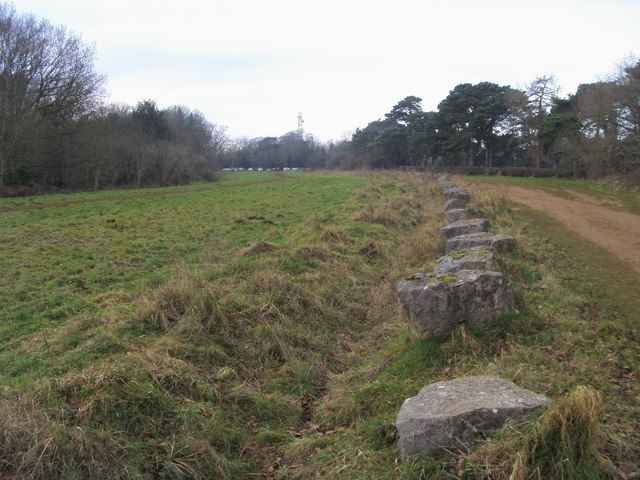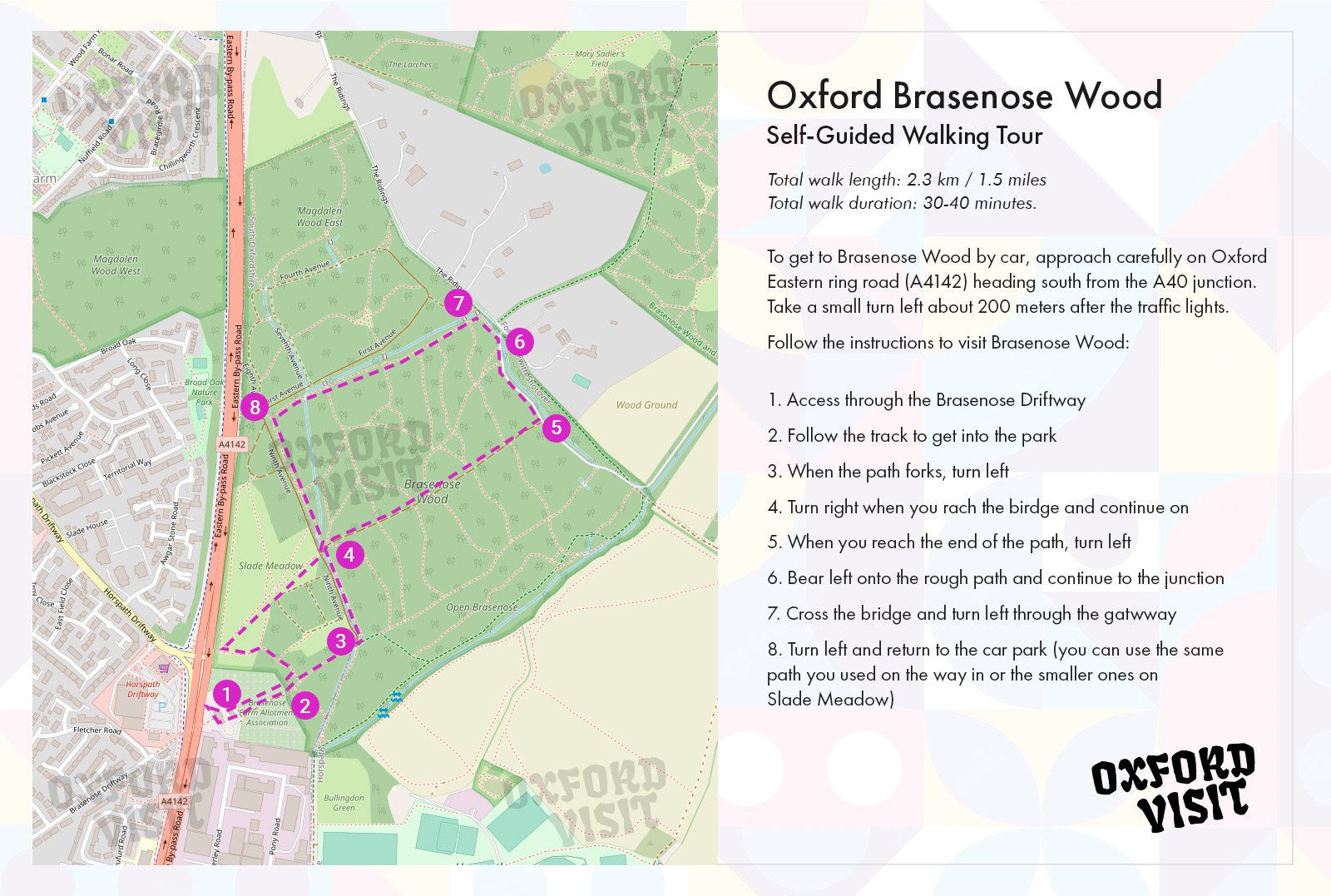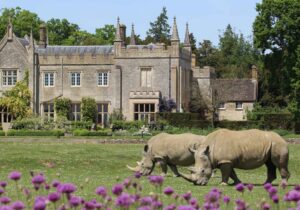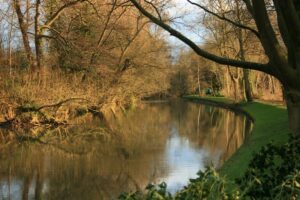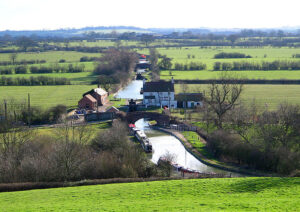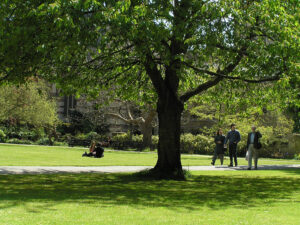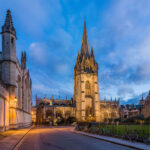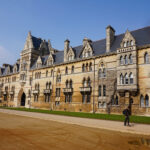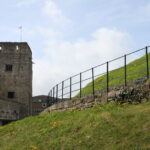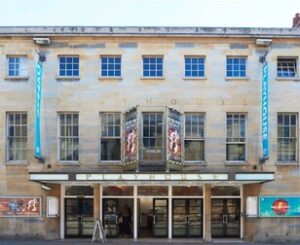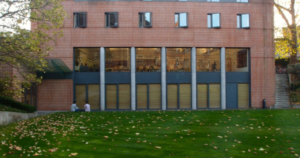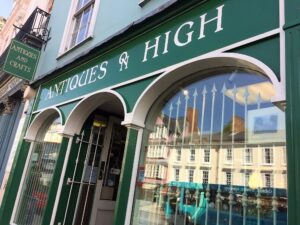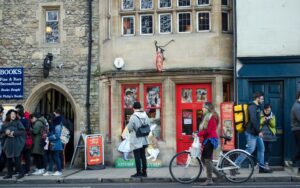Brasenose Wood is a woodland park featuring quiet walking paths and diverse flora. It’s also part of a larger nature reserve in Oxford. Here’s how you can visit – and why!
Why Should You Visit Brasenose Wood?
Brasenose Wood, on the outskirts of Oxford, is a 109.2-hectare (270-acre) biological site. This means that it’s considered of special scientific interest.
Most of this forest is a remnant of the ancient Shotover Forest. One of the things that makes Brasenose Wood special is that it’s still managed using the traditional method of coppice-with-standards.
One of the reasons why so many people love going for walks here is the diverse ground flora, which includes 221 species of vascular plants (46 of which are specific to ancient woodland). In fact, Brasenose Wood’s Shotover Hill is described by Natural England as “of outstanding entomological interest” due to its many rare ants, bees, flies, and wasps.
Self-Guided Brasenose Wood Walking Tour
If you want to visit Brasenose Wood, you can use this map to follow the prettiest paths.
How to Visit Brasenose Wood
Brasenose Wood is managed by Oxford City Council and is open to the public as a country park. In fact, the Council has put online a handy brochure with Brasenose Wood’s shortest easy walk. You can download it here.
You can find its exact location using the map below:
